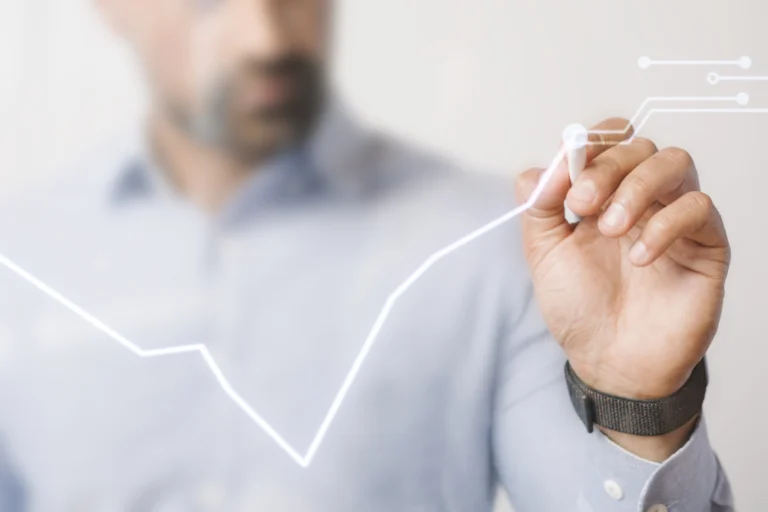If you were already working with The Seller CPA and had a highly automated bookkeeping set up using Quickbooks Online and A2X, then congratulations, this will be easy. If not, then I’ve put together a list of everything you’ll need to pull together for your CPA to prepare your income tax return.
Quickbooks Online + A2X Users
If you already have an accountant linked to your Quickbooks Online account, they will be able to pull the first two items directly from Quickbooks so you won’t need to worry about those.
-
Profit and loss report
-
Balance sheet report (if not schedule C filer)
-
Mileage log
-
Business use of home details – rent or mortgage PITI, renters insurance, utilities costs
Non-Quickbooks + A2X Users
If you don’t use Quickbooks with the A2X integration, you’ll need to provide the following information. You may be able to pull some of it from other accounting systems such as InventoryLab. If you have no bookkeeping system, this will take some additional effort.
-
Summary report from Seller Central – Navigate to Reports>Payments>Date Range Reports>Generate Report Button>Summary Report Type>Custom Range 1/1/20XX – 12/31/20XX>Generate>Download and send report in PDF Format. This will provide your accountant with all of your income and selling expenses from Amazon.
-
Cost of Goods Sold – This can be very challenging if you do not have a bookkeeping system in place. You are allowed to deduct the cost of inventory sold during the year, not the cost of inventory purchases that were unsold. Therefore you need to figure out exactly how much of the inventory you had on hand on the first of the year, plus what you purchased has actually sold. InventoryLab will give you this number automatically. If you don’t have InventoryLab, then here is the formula to figure this out. Beginning Inventory (1/1/20XX) + Purchases (during the year) = Inventory Available for Sale (during the year) – Ending Inventory (12/31/20XX) = Cost of Goods Sold. If you didn’t know what your inventory balance was on the beginning of the year, make a best effort guess and keep track of inventory value on the first and last of the year from now on.
-
Operating Expenses – These are all other expenses incurred by the business that were ordinary and necessary to operate your business. If you were not using a bookkeeping system, you could scan through all of your bank and credit card statements for the year to tally this total for each broad category of expense such as supplies, advertising, payroll, etc. Don’t forget interest charges and bank fees if you were using financing.
-
Other Expenses – These may include mileage for your vehicle when it was used for business purposes. You can only claim mileage or actual costs, not both. So don’t include gas receipts if you are providing mileage to your accountant. Another common expense is for business use of home. You’ll need to provide all the details of rent or mortgage PITI, renters insurance, utilities costs so your accountant can calculate the deduction.
Are you ready to get set up with a bookkeeping system?
If reading through this stressed you out, it’s time to get your books in order and set up a highly automated bookkeeping system using Quickbooks Online and A2X integration. Setting this up is a one-time expense that will pay off for years to come. You’ll take the stress out of the yearly information gather process and just relax after a big Q4 or focus on launching your next big product.
If you are ready to get some professional help with your business finances, contact us or reach out to us using Facebook Messenger. Don’t forget to join our free Facebook Group too where you can ask questions and get answers for free.





